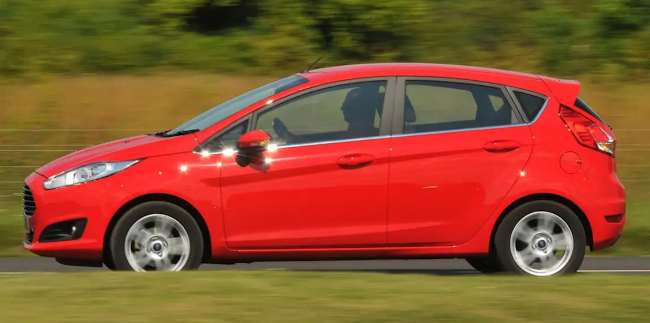Used Kia Rio Reviewed
Kia Rio was a relatively slow seller in its class after its July 2000 launch. Sales picked up significantly with the launch of a stylish new shape in September 2011. Quite a few of these later Kia Rio models for sale are on the used-car market now and can be picked up at pretty good prices at Group 1 Cars.
South Korean made, build quality was so-so on the first generation Rios, but improved significantly in the gen-two cars from August 2005. Rio is up with the best in its class from the 2011 third-generation car onwards.
Though these are low-cost cars it’s worth spending money on a professional inspection, either from your local motoring association, or a good mechanic with experience in the brand.
The Kia Rio for sale comes as a four-door sedan or five-door hatch. It has good interior space and can seat four adults in reasonable comfort, though it is also often used by singles and couples. Having said that, we have seen more than one providing transport for sensible families with two or three preteen kids.
Handling dynamics have improved significantly over the years and the gen-three Rio provides a fair degree of enjoyment for the keen driver. A good set of tyres can work wonders for the handling and steering feel of older Kia Rios. They’re not cheap, but we know enthusiastic drivers who swear by the transformation of their low-cost cars.
Some less sporty drivers may find the ride a little firm on rough roads. Try before you buy on some bumpy roads.
Kia Rio is powered by a 1.5-litre four-cylinder engine in the pre-2005 series. If worked moderately it will sound and feel reasonably good, but drive it hard and it gets noisy and harsh. Engine performance is generally fine as this is a relatively light car. But it can struggle a bit on hills, so it's smart to find a hilly area to do some of your pre-purchase road testings.
From 2005 Rios have a more modern 1.6-litre four-cylinder engine. It’s more powerful, smoother and significantly more refined. This unit was further improved in the 2011 series Rios.
A lower-cost 1.4-litre engine was added to the range in March 2007, its performance is okay if you’re willing to work at getting the best from the car.
Transmission options are five-speed manual and four-speed automatic in the first two generations of the Kia Rio. Six-speed units, both manual and automatic were a big selling feature of the 2011 model.
The four-speed auto takes the edge off the engine’s performance, but it’s smooth enough and makes life simpler if you are stuck with heavy-duty commuting.
The experienced home mechanic can do a fair bit on a Kia Rio. Underbonnet access is good. Don’t even think about doing any safety-related work yourself, leave that to the professionals. A workshop manual is a low-cost investment that can save you money and time.
Insurance for the Kia Rio is usually towards the lower area of mid-range, but can vary a fair bit from one company to another. It pays to shop around, as always be make sure you understand what you get, and don’t get, for your premium.
What to look for
Poorly repaired crash damage will show as paint which doesn’t match from panel to panel; a ripply finish in a panel; or tiny specks of paint on non-painted parts.
Look at the interior and boot for signs of general wear and tear. The back seat is often the first to suffer if kids have knocked it about.
The engine should start within a second or so, even when it’s cold. Within another few seconds, it should settle into a steady idle.
Let the engine idle for about a minute, then floor the throttle in a quick takeoff, smoke from the exhaust means excessive engine wear.
A manual gearbox should be moderately light in its action and not crunch on any of the down changes, no matter how fast they are made. The third-to-second gearchange is usually the first to give trouble.
If the automatic transmission is slow at going into Drive or Reverse from Park or Neutral it may be due for an overhaul.
Be sure the brakes pull the Rio up squarely. Make sure that ABS, if fitted, operates correctly by standing hard on the brake pedal hard - it will give a pulsing feel through the pedal if all is okay.
.
.
.
.
Article sourced from: https://www.carsguide.com.au



Comments
Post a Comment